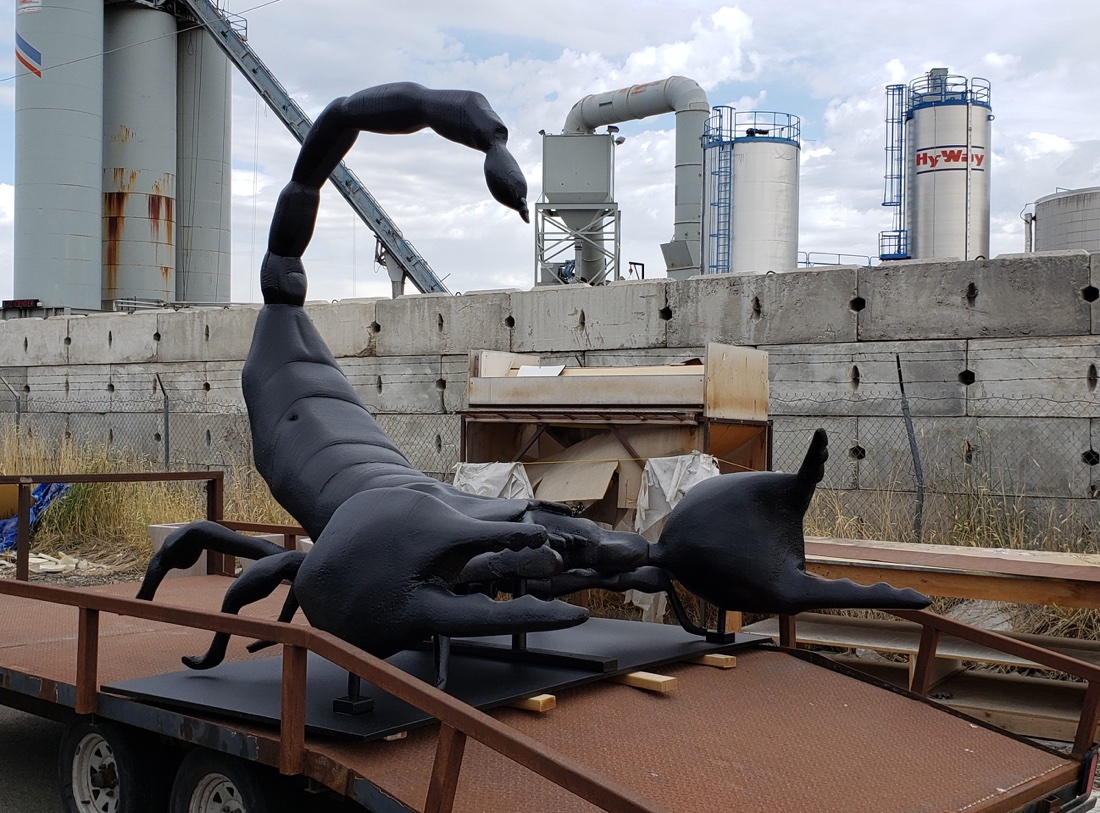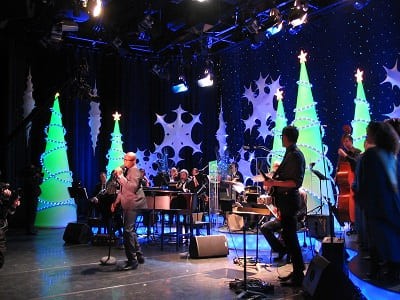A visitor to your water park will likely come into contact with sculptures of some kind while they are there. Some of these sculptures may be made of wood, metal, or even glass, but foam sculptures provide many benefits that make them worthy of consideration as well. Foam can be carved into any shape you want and painted to match the color scheme of your water park or your general brand as well, which can give them a unique look that appeals to people of all ages and interests.
What are the benefits of using foam for large-scale sculptures?

Foam is a cost-effective marketing and decorative tool for water parks and other amusement and activity parks. Foam is durable, water-resistant, and can be tailored to any space, any size, and help you create an immersive experience for the entire family. Oversized sculptures for water parks make for great photo opportunities, branding, points of purchase displays, and recognizable meeting locations in a busy, crowded water park.
How larger than life foam sculptures can create a better customer experience
Everyone has seen them. The massive, colorful foam sculptures that are displayed at some of our favorite theme parks. They have become iconic representations of their respective park and can add a ton of fun — and visibility — to your water park, too. But before you run out and buy up dozens of oversized foam balls, it’s important to know how they can fit into your marketing plans and what you should consider when creating one.
Why foam is cost-effective marketing and decorative
Not only is foam a durable, long-lasting material, but it’s also lightweight and versatile. And when you need big foam signs and sculptures to grab attention in public spaces, foam is typically your best bet. It can be molded into any shape and cut down without worry about weathering or fading. A major advantage foam has over other materials like wood or metal is that you don’t have to pay extra for custom fabrication. This makes marketing with foam an extremely cost-effective option and often cheaper than buying similar signage made from standard materials such as plastic, PVC, MDF board, or plywood.



